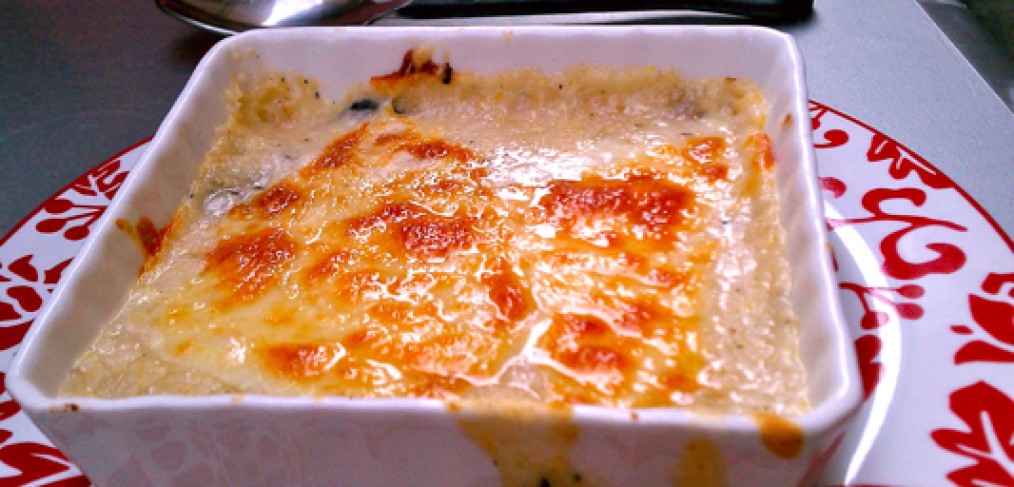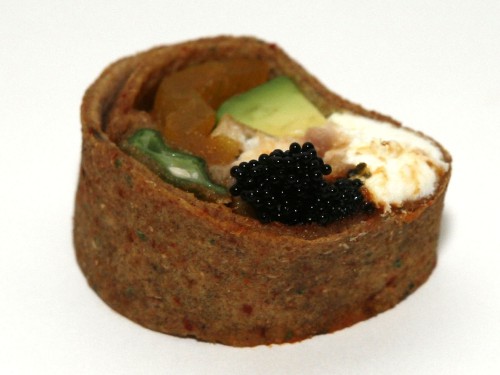Editor’s Note: Food writer and new-to-ES-blogger Emily Teachout checks in with a look at one of America’s craziest — and tastiest — food destinations.
In honor of my birthday, I decided to check a long-time goal off my bucket list and head down to New Orleans to experience Mardi Gras. Let’s be real, though; while beads and booze were on my radar, I was most excited for a no-holds-barred culinary tour of the Big Easy. I figured if I’ve lived this long, I might as well test the limits of what my body can handle in greasy, spicy, cholesterol-ridden creole specialties. New Orleans did not let me down, and surprisingly, neither did my arteries.
The first “morning” in the city, after waking up at 12:45pm in our cramped yet exorbitantly expensive hotel room, two of my friends and I dragged our hungover selves out of bed in search of a belated breakfast in the French Quarter. Our prayers were answered thanks to a little alley cafe called Green Goddess. We had to wait 45 minutes for our outdoor table, but since drinking in the streets is allowed (and seemingly encouraged) we downed some $7 beers to pass the time.
To start, we shared the truffled manchego cheese grits you see above. With that sheen of grease, you know heaven is inside. My friend literally licked the plate. No shame!
Read More›



